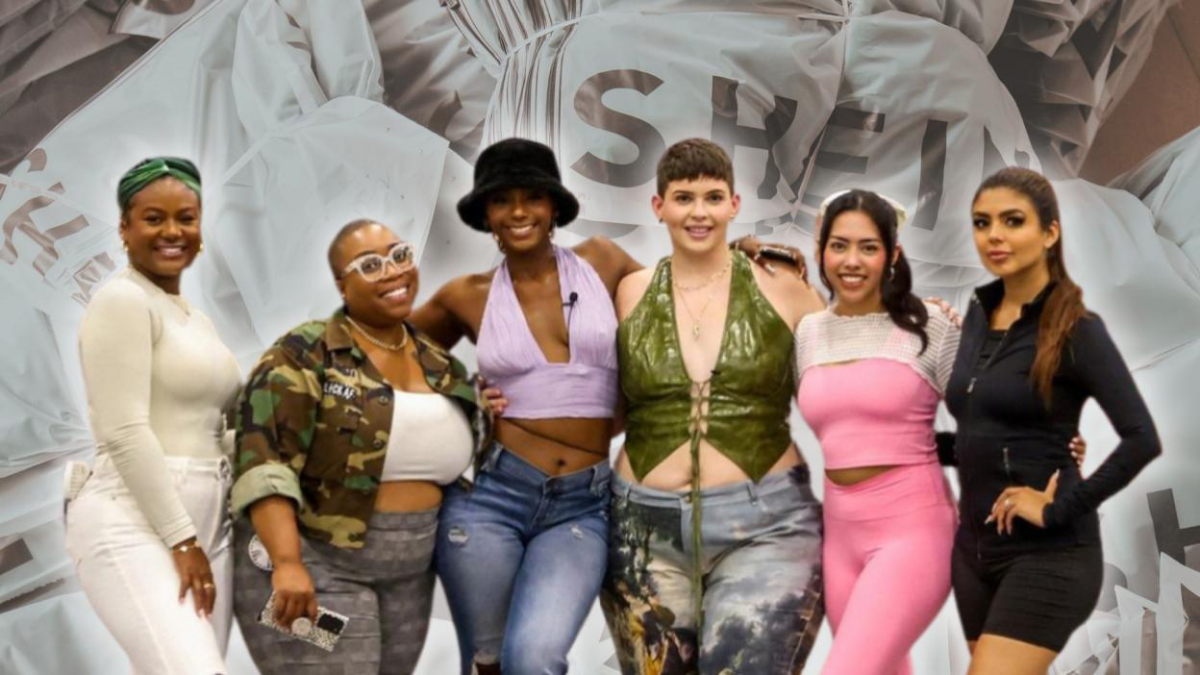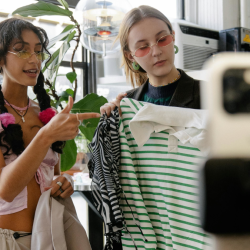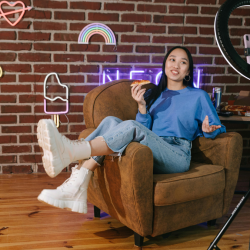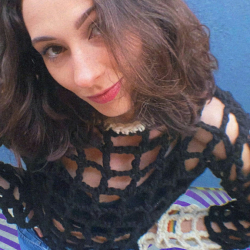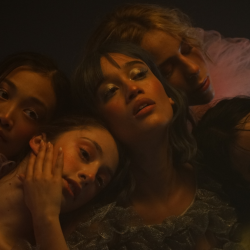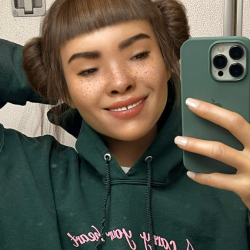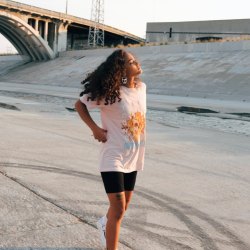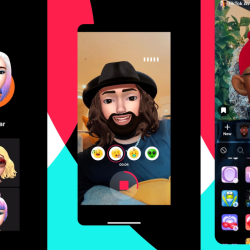In the US, there is a lot of talk about Shein’s influencer tour: some American influencers have been invited by the ultra-fast fashion chain Shein to visit one of their factories and share the workers’ conditions.
Let’s start from the beginning. Nowadays, Shein is a 30 billion revenue company, creating 150,000 new clothing models every year. It takes just one week from design to release for each item (a fashion brand usually takes about 6 months…). Average price: £7. This is made possible, according to several investigations, by the inhumane working conditions of Shein’s workers and its suppliers. In recent years, reports described 75-hour workweeks, extremely low wages, and a total absence of safety protocols in the workplaces.
To change this narrative, Shein has long established a channel with influencers. A few days ago, at its own expenses, Shein invited six US influencers to visit its factory in China and share their experiences on their social media profiles. The result is a masterpiece somewhere between a Disney movie and an episode of Sex and the City: videos with enthusiastic tones about workers who ‘don’t sweat‘ and ‘greet happily.‘
For this reason, many have accused the influencers of participating — more or less consciously — in a brand-driven campaign to clean up its reputation. The creators have been lately deleting negative comments on their social media accounts and posting defensive videos. And the trip has become a cautionary tale for marketers, as Shein’s efforts to improve its reputation using influencers managed to alienate consumers and draw even more attention to allegations of unsavory business practices.
But who were the influencers?
What caught some people’s attention is the profile of the influencers. As Mashable reported, Shein chose almost all creators who were ‘non-white creators with small or mid-sized followings‘: Destene Sudduth (385K IG/4 million TikTok followers); Aujené (1 million IG); Kenya Freeman (31k IG); Fernanda Campuzano (34k IG); Marina Saavedra (46k TikTok followers); the only white creator invited was Dani Dmc (481k IG), a ‘confidence activist‘ and promoter of body positivity, who, in the past, claimed that being a ‘plus-size creator‘ has given her far fewer opportunities compared to her colleagues.
A precise strategy
The influencer choice was not random but rather highly strategic. Non-white creators are, historically, offered fewer opportunities than white creators and make less money when they do get opportunities. ‘That makes an offer from a brand like Shein a very exciting prospect, and much harder to turn down.‘ [Mashable]
‘Shein enhanced me’
Dani Dmc’s words are enlightening. She said she signed a contract with Shein in which she was supposed to ‘help Shein debunk a lot of rumors’ about the conditions of its workers. ‘As a plus-size creator, I’m underpaid 60% of the time. They didn’t underpay me, and they took great care of me.‘
In a video that has since been removed, she talked about having a conversation with a worker at Shein’s factory who honestly shared details about her family and work hours. Then, Dani encouraged her followers not to believe all the rumors they read about Shein and to be ‘independent thinkers.‘ Clearly, she didn’t consider that it would be highly unlikely for that interviewed worker to speak the truth, with a camera, a group of executives, and a highly organized visit of influencers from America showcasing her working conditions.
Inexperienced and grateful influencers, therefore easily manipulable
If I were to guess, I don’t think those influencers were acting in bad faith. And they probably weren’t paid. Mae Karkowski, founder of a marketing agency, told the New York Times that this is a clear example of how creators should not be used. That is, taking creators who are used to talking about other topics (fashion, lifestyle, body positivity, …) and convincing them to talk about different issues such as working conditions. It creates a mismatch that generates a lot of confusion.
Influencers were honest but poorly prepared on the topic they were asked to cover by the brand — which chose very specific profiles: small to mid-sized following influencers, reassuring because they symbolize ‘diversity and inclusion,‘ with little experience in brand operations, grateful to be there, and potentially much more easily manipulated by propaganda.
In the future, creators will need to ask themselves if they are not contributing to perpetuating harmful systems, especially in systems that need regulation. It would be too convenient to blame only the influencers invited by Shein in China. Problems such as working conditions also concern companies, geopolitics, and even us consumers who buy those products.
Featured image: The Shein Influencer Trip attendees / Mashable Composite: Shein, Panos Pictures – Public Eye




















